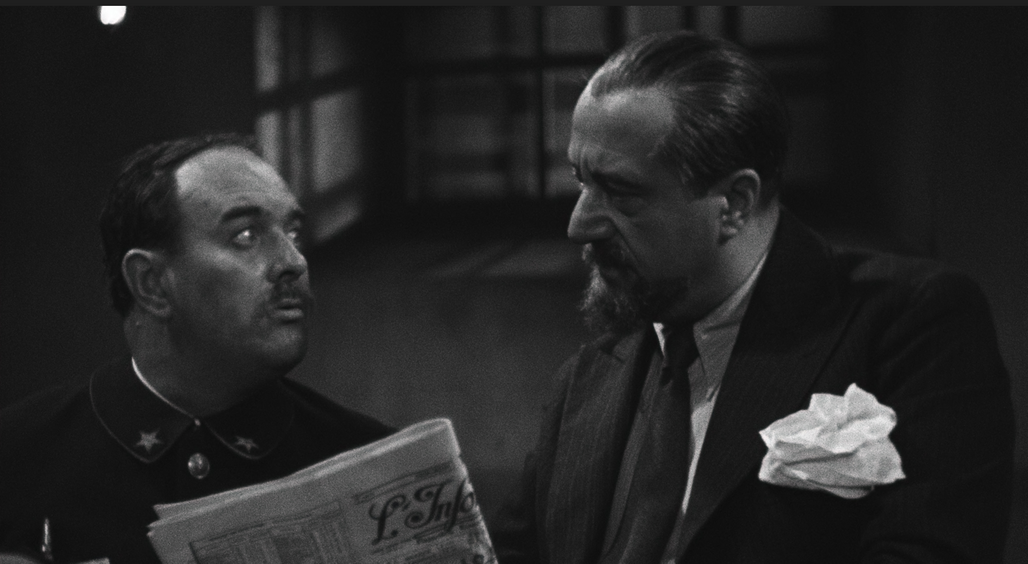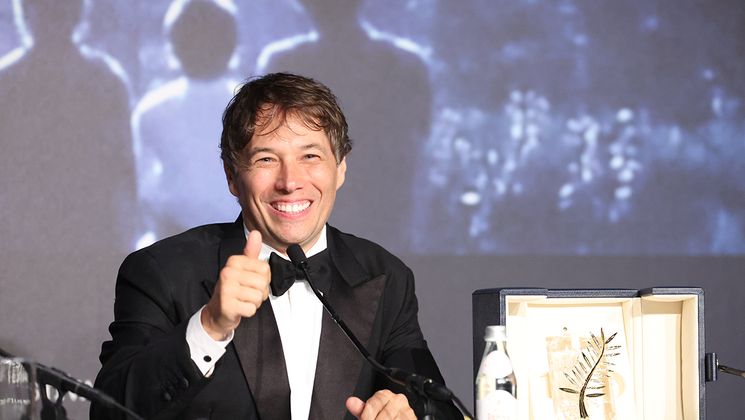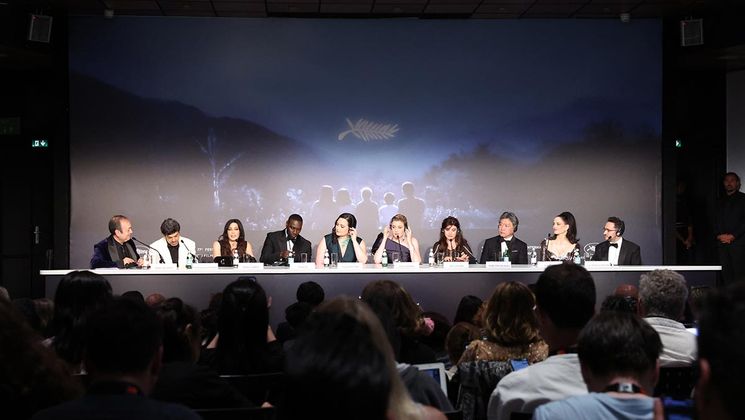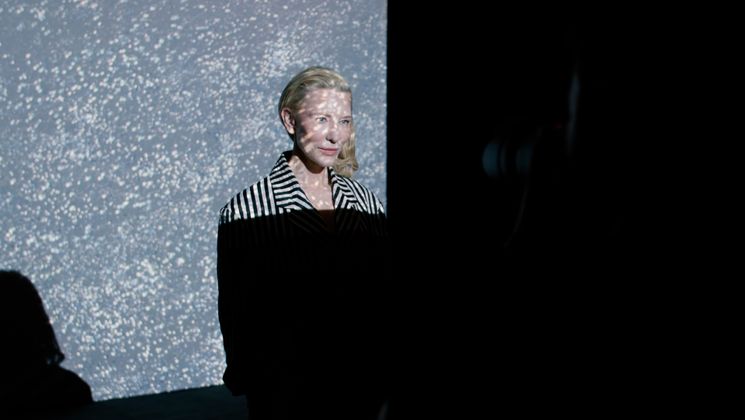
Ces Messieurs de la Santé (These Gentlemen of Health), when Raimu played a crook

A financial criminal Raimu, escapes from the Santé prison, where he had been incarcerated for embezzlement. He takes refuge in a shop run by Madame Génissier (Pauline Carton), who sells women’s lingerie. Jean Ollé-Laprune, a historian of French cinema, looks back on Ces Messieurs de la Santé (These Gentlemen of Health) (1934) by Pierre Colombier, screened in a restored version at Cannes Classics.
How does this film fit in with its time?
Ces Messieurs de la Santé (These Gentlemen of Health) is representative of an entire vein of French cinema at the time, which consisted in transposing popular theatrical productions directly to the screen. The theatre made it possible to provide a lot of subjects for cinema, which had only recently incorporated sound.
Were the actors well known?
Still famous from the prestige of Marius in 1931, Raimu took up a role that he had previously performed theatrically. He was really a big star during this period. Edwige Feuillère, for her part, was at the beginning of her career, and would become famous the following year with Abel Gance’s Lucrèce Borgia. Pauline Carton, a famous French supporting actress, was also just starting out. Similarly, Lucien Baroux was a famous supporting actor. He does a few scenes and you recognize him immediately.
Where does the charm in this film come from?
It was topical at the time and it remains so to this day. Of all the films of this time, it’s the one that has aged the least. The film came out in March 1934. And January of that same year was the Stavisky suicide/murder. The Stavisky affair, the whole ambiance of venality and crookery was very present in the minds of spectators. Ces Messieurs de la Santé (These Gentlemen of Health) tells the story of a banker on the lam, a crook who finds refuge in a small lingerie shop, and gets hired as the night watchman. Little by little, he transforms the shop into a giant conglomerate. At the end, he starts dealing in machine guns. We find the theme of the deification of the morally dubious businessman.
Who was Pierre Colombier?
He was an old caricaturist, he got his start as an illustrator and had a keen sense of detail, of observation. He’s one of those rather forgotten names of French cinema, and that’s too bad because he did a lot of comedies, including five with Raimu, like Les Rois du Sport (The Kings of Sport) in 1937. He made about 25 films up to 1939, including Ignace with Fernandel in 1937, and after that his career stopped. He was also one of the pillars of the Pathé company, the largest French production company of the time. He is one of the great artisans of this comic vein of the time, a very meticulous director. There are a lot of sequence shots in Ces Messieurs de la Santé (These Gentlemen of Health), a use of scenery from his brother Jacques Colombier, which are very clever. At the beginning, the scenery is very limited, very confined, and little by little, as the film goes on, the company grows and the scenery becomes more grandiose.


